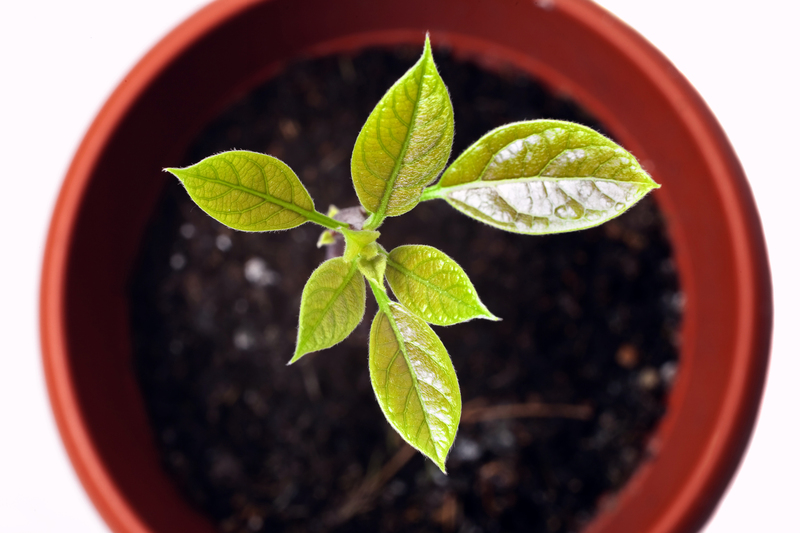Spring into Action: Essential Gardening in March
Posted on 24/04/2024
As the winter months come to an end and the temperature starts to rise, it's time to start thinking about getting your garden ready for spring. March marks the beginning of the gardening season, and it's the perfect time to start planning and preparing your outdoor space for a flourishing and bountiful growing season. From planting new seeds to organizing your tools, there are many essential tasks that can be done in March to ensure a successful garden. In this article, we will discuss everything you need to know about spring gardening in March.
Planning Your Garden
Before getting started on any physical gardening tasks, take some time to sit down and plan out your garden. This includes deciding what vegetables, flowers or herbs you want to grow this year, creating a planting schedule, and mapping out where each plant will go in your garden. Planning ahead will not only help you stay organized but also make the most of your available space.

Preparing Your Soil
Healthy soil is essential for a healthy garden. Use this month to prepare your soil for planting by adding compost or other organic matter. This will help improve the soil structure, provide necessary nutrients for plants, and encourage beneficial microbial activity. If you have a vegetable garden, remember to rotate your crops from last year's planting spots to avoid depleting the soil of nutrients.
Starting Seeds Indoors
March is an ideal time to start seeds indoors. This allows plants to get a head start before being transplanted outside when the weather warms up. Make sure to use a good quality seed starting mix, provide adequate light and warmth, and keep the soil moist as the seeds germinate. Some easy-to-grow plants to start indoors in March include tomatoes, peppers, lettuce, and herbs.
Cleaning Up Your Tools
Before the busy gardening season kicks into high gear, take some time to clean and sharpen your tools. This will not only help them last longer but also make them more efficient for use in the garden. Use a wire brush to remove dirt and rust from metal parts, and use a file to sharpen your tools. Also, consider sanitizing your tools to prevent the spread of any diseases between plants.
Pros and Cons
Pros:
- Early start for a successful growing season
- Gives you time to plan and organize your garden
- Provides an opportunity to improve soil quality
- Allows you to save money by starting seeds indoors
- Keeps your gardening tools in good condition
Cons:
- Weather can be unpredictable, making it difficult to work outside
- Some plants may still be vulnerable to frost and cold temperatures
- May require extra effort and time for gardening tasks such as cleaning up tools and preparing soil

Tips for Success
1. Check the weather forecast regularly before starting any outdoor gardening tasks.
2. Consider using raised beds or containers if the ground is still too wet or cold for planting.
3. Start small and gradually add more plants as the weather warms up.
4. Use mulch to help retain moisture, suppress weeds, and regulate soil temperature.
5. Utilize organic pest control methods such as companion planting or homemade sprays.
Takeaways
By taking advantage of March's warmer days, you can get a head start on your garden and set yourself up for success throughout the rest of the growing season. Planning ahead, preparing your soil, starting indoor seeds, and getting your tools ready are all important steps to creating a beautiful and productive garden.
In conclusion, March is an essential month for any gardener. It's the perfect time to prepare for spring by planning, cleaning, and starting seeds indoors. While there may be some challenges due to unpredictable weather, these tasks will ultimately benefit your garden in the long run. So, put on your gardening gloves and get ready to spring into action to create a thriving outdoor space for the months ahead.






